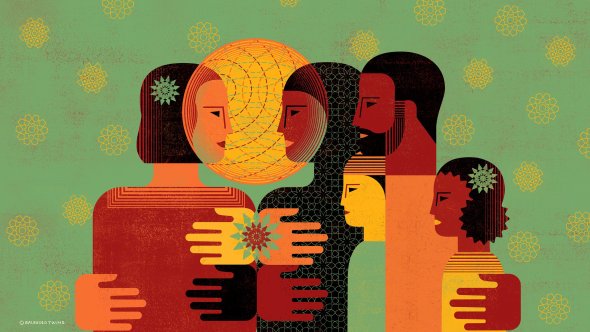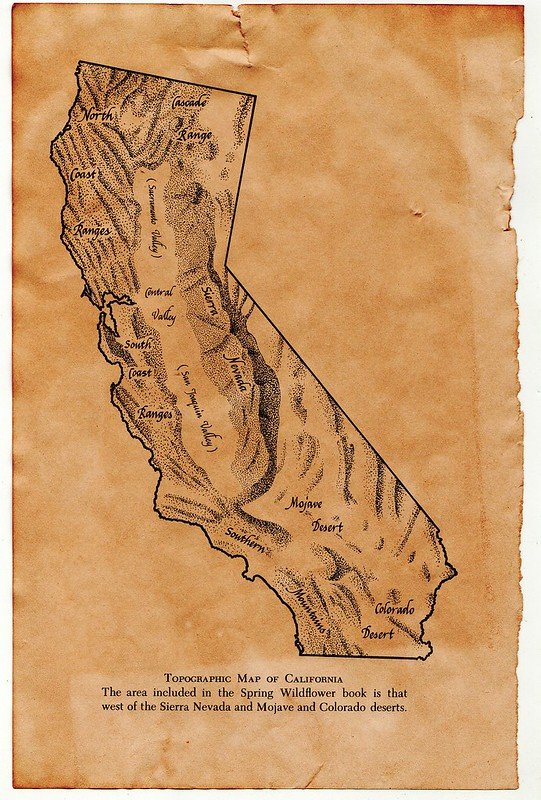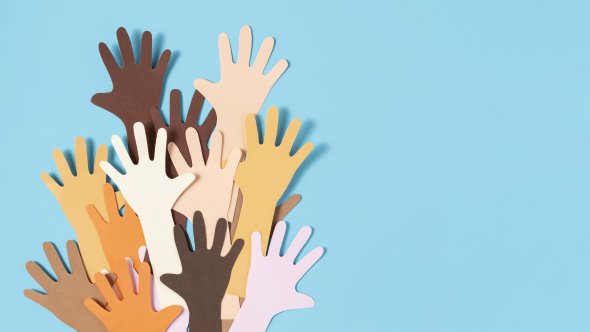
Overview
Third-grade students in SFUSD engage in an average of 45 minutes (through both integrated and stand-alone units) of social studies instruction from 4-5 days a week. There will be three 5 week stand-alone units that alternate with Science units during the year.

The first of these units has been developed and graciously provided by our SFUSD Indian Education Program to understand how indigenous cultures have persisted through time and continue to be a vital part of our community today. The next 2 units Explore the reasons that people migrate and settle in particular places and how they influence(d) the environment by changing landscapes to access and use natural resources. Students can analyze how successive groups of people have made different uses of the land, depending on their skills, technology, and values.

Each unit provides opportunities for students to deepen their self-identity through the exploration of diverse family structures. Students continue examining the ways that individuals can influence larger systems and create change through biographies and research in their local community. Students focus on developing and understanding citizenship, civic engagement, and the basic structure of government by using the integrated ELA 3rd grade Spiral 3 Interactive Read Alouds Unit.

Determine ways students can work together to build a better community rooted in the SFUSD Humanizing Values (knowledge of self, solidarity, and self-determination) and core concepts of Ethnic Studies.
Priority Standards Link to this section
What students will know, what students will do, and what thinking skills students will develop to apply and transfer History/Social Studies/Ethnic Studies understandings that endure within the discipline, leverage deeper understandings, and/or support readiness for success at the next grade level.
In third grade, students focus on these critical areas:

California Indian Unit - presented by SFUSD Indian Education Progam
This unit was made as a fourth-grade unit but covers the CA HSS standards for 3rd grade and can be used at this grade level. The focus of this unit is the Ohlone people who have never ceded the land that is now known as San Francisco. We are using this unit as we adopt/adapt a new H/SS curriculum for our district. Any questions regarding this unit should be addressed to:
MaryHelen Sherman at shermanm1@sfusd.edu

Landforms, Resources, & Development (Example)
Students explore the major landforms found in California and the natural resources found throughout the state. They examine how people have interacted with and used these resources over time. They research concepts of immigration/migration and settlement by investigating where people have established major cities in California. Students go further by comparing and contrasting ways the environment has changed over time and investigating their impact on the land today -- gaining an understanding of the interdependence and influence between their community and the natural environment around them.

Important Issues in Our Community (Example)
Students investigate the ways that communities determine what issues are important. They examine how community issues are addressed and begin to analyze the intersection between economics, power, and decision-making now and in the past. They also examine how the immigration/migration of different groups has influenced the decision-making policies in their communities and how perspectives change about what issues are important. Students find correlations between local, state, and federal government and how each addresses the important issues of the community. Students deepen their understanding of the 3 branches of government in conjunction with an integrated ELA unit. They evaluate different laws or the contributions of individuals to determine what they find historically significant. Students synthesize what they have learned to reflect on their own values and how they can influence their community at large.
Instruction: Signature Elements Link to this section
Below are signature elements of SFUSD History/Social Studies instruction that students should experience regularly throughout third grade as they develop as historians & social scientists.
Community Responsive Teaching
Adapt lessons, units, etc to reflect and honor the experiences and community of your students. Making humanizing connections to personal/community/cultural experiences
Inquiry
Students engage in authentic cycles of inquiry: developing questions & planning inquiry, applying disciplinary tools & concepts, evaluating sources & using evidence, and communicating conclusions & taking informed action.
Historically Responsive Literacy
Create lessons that use various resources (visual, oral, and written) that represent a wide range of diverse people that contribute to our communities
Taking Informed Action
Students take action in their community based on the information they have gathered throughout their inquiry. (Check out the next two and a half minutes of the video for an explanation.)
Materials
Beyond the Third-Grade Unit Overview, there are no required materials.
Units
Units for Third-Grade History/Social Studies/Equity Studies are currently in development. See below for guidance and examples of how you might structure your own units. (Click here for the same information below in an easy-to-read format: Overview and Examples for 3rd Grade Units)
Unit Design
Incorporation of the Four Dimensions of the Inquiry Arc Across the Three Bends of a Unit
| Developing Questions and Planning Inquiries | Applying Disciplinary Tools and Concepts | Evaluating Sources and Using Evidence | Communicating Conclusions and Taking Informed Action |
|---|---|---|---|
| A compelling question supported by Investigation questions | Investigate the ideas, tools, and concepts of
|
Gather evidence from reliable sources | Do something with the knowledge and skills acquired |
| Inquiry | Investigation | Informed Action | |
Units
Here are some practical examples. Each class may go on a slightly different path (culturally/community-relevant) but are still likely headed in the same general content-driven direction. Students engage with a compelling question. Students learn more through exploring media (books, videos, etc), interviews, field trips, etc..(historically responsive literacy). Students generate new questions based on what they learned, explore more (inquiry), and eventually and/or during the process create artifacts that represent their learning and/or contribute to their community in some fashion (informed action).
| California Indian Unit | ||
| Provided Unit | Outline & Resources | |
|
Do this first:
Please click here to access this unit
This unit was made as a fourth-grade unit but covers the CA HSS standards for 3rd grade and can be used at this grade level. The focus of this unit is the Ohlone people who have never ceded the land that is now known as San Francisco. We are using this unit as we adopt/adapt a new HSS curriculum for our district. Any questions regarding this unit should be addressed to: |
Do this first:
Curriculum outline
Additional Resources
HSS Department Resources
|
|
| Unit 2: Landforms, Natural Resources, & Community Development (Example) | ||
| Inquiry | Possible Investigations | Possible Informed Actions |
|
Compelling Question: How has the land we live on changed over time and influenced the way people live today? This should lead to investigative questions from the students. Here is a possible way to elicit those questions:
Some sites for maps:
|
|
|
| Unit 3: Important Issues in Our Community (Example) | ||
| Inquiry | Possible Investigations | Possible Informed Actions |
|
Compelling Question: How do communities determine what issues are important? This should lead to investigative questions from the students. Here is a possible way to elicit those questions: |
**This unit could be used at the same time or after ELA Spiral 3 Unit 3.3 Read Aloud Lesson Plans that discuss the 3 Branches of Government to help integrate student studies and deepen understanding
|
|
Planning Guide
Many elements of third-grade History/Social Studies can and should be integrated across the day and year. That being said, three periods of roughly five weeks are set aside each trimester for more intensive History/Social Studies learning. Through these units, Third-grade students will learn ...
| 1st Trimester | 2nd Trimester | 3rd Trimester |
|---|---|---|
| 1 week Community Building then California Indian Unit | Landforms, Resources and Development | Important Issues in Our Community |
| 16 lessons | 5 weeks of 4 lessons per week | 5 weeks of 4 lessons per week |
Reflection Questions Link to this section
- How are students' developmental needs, communities, and experiences being reflected and honored, or how could they be?
- What opportunities do you see for developing equitable access & demand, inquiry, collaboration, and assessment for learning?
- What are the implications for your own practice? What strengths can you build upon? What will you do first?
Want More?
This page was last updated on August 21, 2023

